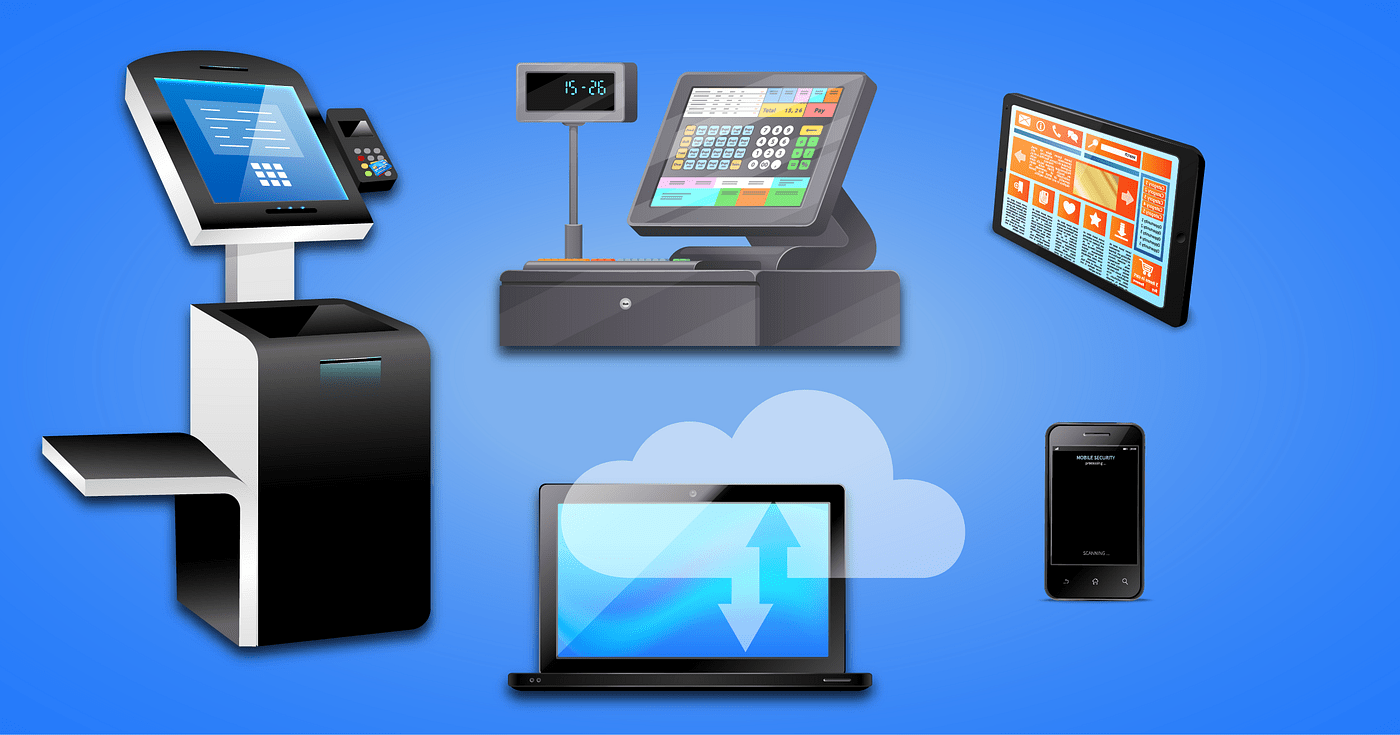The Impact of Mobile Devices on Web Design
People living in the digital era would perhaps struggle to consider what life would be like in the absence of their mobile phones. The diffusion of smartphones and tablets has fomented an entirely new way of accessing information and of interacting with websites on-the-go. Not anymore, the information has become a commodity that people can get anytime, anywhere, through whatever means. In this blog we shall move on to telling you about the impact made by the hand sets on website designing and how the businesses can stay comfy in this fast growing mobile revolution. Whether you are a business owner, an amateu, or total web designer, this blog is going to help you cruise this dynamic and ever-changing mobile web design landscape!
The Rise of Mobile Users:The Rise of Mobile Users:
With a sharp rise of mobile users, web design has highly been improved and that now most websites are mobile-responsive. Sites now should be bounced around various screen sizes and orientations with the purpose of the people of all devices having a smooth user experience.
Mobile-First Approach:
An approach mobile-first and from the point of view of mobile devices leads to the design of website first and then to the scaling up once the sites are adapted to larger screens. Building a responsive website means that the user will be able to navigate through the website easily, even though most internet users are doing so on their mobile devices nowadays.
Responsive Web Design:
Responsive web design is a design technique which makes websites adapt their layout and content automatically according to the screen size, orientation and other factors of the device on which they are sought. This will provide users with perfect viewing experience and they can easily navigate in through devices which they are using.
Importance of Fast Loading Speed:Importance of Fast Loading Speed:
Users on their mobile devices wont sit waiting too long for websites to fully load. Speed optimization and compression of the material are two key pillars of mobile web designing and they both contribute greatly to delivering a smooth and quick user experience.
User-Friendly Navigation:
Due to the inability of programmers to cram much content and processes on a mobile phone screen, intuitive navigations become a necessity. Optimizing the site provision of the pretty clear menu, sticky icons, and well-formatted arrangement of context can make navigation a mobile web easier.

Touch-Friendly Interactions:
A web design for mobile is based on the utilization of surface responsive elements including big buttons, swipe gestures, and simplified forms that allow the user to access the site in a quick and hassle-free manner with their touch screens.
Optimizing for Local Search:
Mobile devices take always a very important part in local search where people often need the nearest business or any services. Website optimization for local search, including location-specific keywords and maps way finders can help a business to get those mobile users.
Streamlined Content:
Mobile website has layout that is navigable and designed for scannable and concise content. Concentrating on breaking the content down into smaller parts, applying subheadings and points, and bringing in pictures made from their own phones can help make the content quality look better on mobile screen.
Testing and Optimization:
It is important to check the compatibility of mobiles devices under different conditions of size, format and capabilities in developing the Mobile web design. Testing at regular interval can discover problems like page load time, configuration, display resolution as well as screen misplacement in order to support user-friendly experience across devices.
Conclusion:
Ultimately, mobile devices have made significant contribution towards the advancement of the web design and companies must concentrate more on creation mobile-friendly sites in order to meet the growing number of the mobile users. Mobile users first-hand experience with the site comes through responsive design, mobile-focused design, fast loading speeds of pages, touch-based interactions, and the content and navigation that have been optimized. Putting such strategies in place will allow businesses to guarantee that user experience will be consistent with a seamless experience on all mobile devices that is always the expectation in the digital era. Insoft Solution is the leading software development outfit of Bangalore, India and it offers custom web design services that is responsive to mobile mode and can be used by businesses with interests cut across industries.
Do You Have Questions ?
1. Q: What should we be aware of with a mobile responsive web design?
A: The key feature of a mobile-responsive web design is that it allows your website to fit on any screen size and to make the experience of use most comfortable for mobile devices users. The reason its needed that much is because therere more and more mobile users nowadays.
2. Q: Amidst all these concerns, my question is: how I can update my website so that its optimized for mobile devices, without having to redesign it completely?
A: By using a responsive design framework, optimizing images and media pieces as well as minimizing the navigation options can significantly transform your website to be more appropriate for mobile devices users without a full redesign.
3. Q: How do the mobile-friendly websites perform compared to others when ranked by search engines within the search engine results page?
A: Today, since in search engine results mobile-friendly, sites are desired by search engines in search result, this is made by search engines to ensure that mobile, users will get a happy user experience.
4. Q: Does mobile web design create an extra workload on your website or slow down the loading speed?
A: Of course, mobile web design performs crucially important actions on improving the speed of loading web sites. It is because mobile users require quicker loading sites, and if a web site is too slow they may leave it in search of faster one.
5. Q: Imagine that website pages differ from mobile apps.
A: Mobile apps and mobile versions of websites serve different interactive functions. Apps on the mobile are more direct and may create a better experience for the customer; on the other hand mobile websites might be reached by any equipment but the app must be downloaded before the user can be accessed.
6. Q: As a local mobile search website, how do I get higher ranks in these searches?
A: Both location-specific words and information should be incorporated into your site. Additionally, maps and directions should be included. Also, your website needs to be on the directories of the local area as this is the best way to optimize for local mobile searches.
7. Q: Do we build a mobile version too?
A: Responsive design will be not made you to develop the mobile version of your website independently. A well-structured responsive website is capable of adapting to different screen sizes by reflowing its layout and tweaking its content.
8. Q: Is the development of a mobile app essential for my personal company?
A: Your decision to create a mobile application varies based on your business needs and the end user behavior. Mobile applications give more to users because of flexibility, push notification, and availability when they are offline, but these apps need coding and software engineering too.
9. Q: Is possible that I would know how a user uses my mobile-responsive site and website thorough the same?
A: Absolutely, you can use the web analytics tools such as Google Analytics to chuck user behavior, test perfromance and tease out user interaction with a mobile responsive website.
10. Q: When does my need to test for mobile compatibility arise?
A: Both a routine is needed, and a test between different devices, screen displays as well as operational systems to make sure that your platform is working properly. Testing may be carried out during the development phase as well as regularly after that in order to spot and correct any platforms inconsistencies.
Consequently, mobile site design involving the implementation of various principle of the elements is useful as it allows you to offer a frictionless mobile experience to your site visitors.
Categories: Digital Marketing & Social Media Marketing


.jpg)


.jpg)






Leave a comment